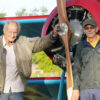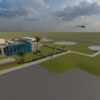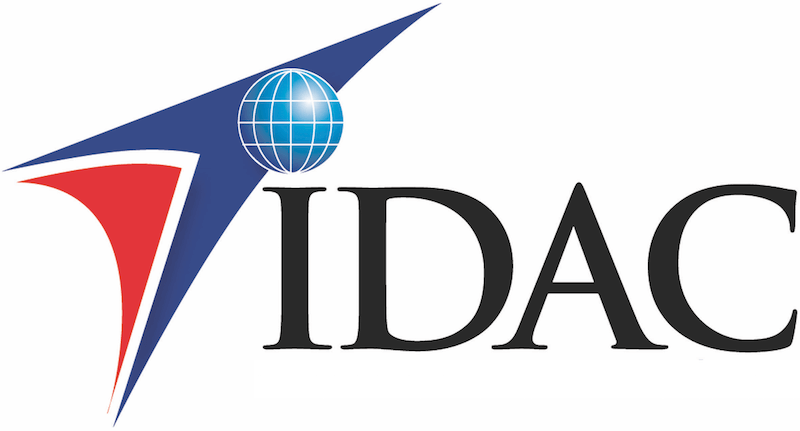The Boeing 777 is a family of long-range wide-body twin-engine jet airliners developed and manufactured by Boeing Commercial Airplanes. It is the world’s largest twinjet and has a typical seating capacity for 314 to 451 passengers, with a range of 5,235 to 9,380 nautical miles (9,695 to 17,372 km). Commonly referred to as the “Triple Seven”,[4][5] its distinguishing features include the largest-diameter turbofan engines of any aircraft, six wheels on each main landing gear, a circular fuselage cross-section, and a blade-shaped tail cone.[6] Developed in consultation with eight major airlines, the 777 was designed to replace older wide-body airliners and bridge the capacity difference between the 767 and 747. As Boeing’s first fly-by-wire airliner, it has computer-mediated controls; it is also the first entirely computer-designed commercial aircraft.
As of 2013, the 777 is produced in two fuselage lengths. The original 777-200 variant entered commercial service in 1995, followed by the extended-range 777-200ER in 1997. The stretched 777-300, which is 33.3 ft (10.1 m) longer, entered service in 1998. The longer-range 777-300ER and 777-200LR variants entered service in 2004 and 2006 respectively, while a freighter version, the 777F, debuted in February 2009. Both longer-range versions and the freighter feature General Electric GE90 engines and extended raked wingtips. The earlier 777-200, -200ER and -300 versions are equipped with GE90, Pratt & Whitney PW4000 or Rolls-Royce Trent 800 engines. The 777-200LR is the world’s longest-range airliner and can fly more than halfway around the globe; it holds the record for the longest distance flown non-stop by a commercial aircraft.[7][8] In November 2013, Boeing announced the development of upgraded 777-8X and 777-9X models featuring composite wings and GE9X engines.
United Airlines first placed the 777 into commercial airline service on June 7, 1995. As of June 2013, 60 customers had placed orders for 1,452 aircraft of all variants, with 1,113 delivered.[1] The most common and successful variant is the 777-300ER with 452 delivered and over 700 orders as of December 2013.[1] Emirates operates the largest 777 fleet, with 127 passenger and freighter aircraft as of June 2013.[9] The airliner is rated as one of the safest aircraft based on its accident safety record and high number of flight hours.[10] The 777 has been involved in four hull-loss accidents as of March 2014; the Asiana Airlines Flight 214 crash of July 6, 2013, was the first fatal crash of the aircraft in 18 years of revenue service.
The 777 ranks as one of Boeing’s best-selling models. Because of rising fuel costs, airlines have acquired the type as a comparatively fuel-efficient alternative to other wide-body jets and have increasingly deployed the aircraft on long-haul transoceanic routes. Direct market competitors include the Airbus A330-300, upcoming Airbus A350 XWB, and the out-of-production A340 and McDonnell Douglas MD-11. The 787 Dreamliner, which entered service in 2011, shares design features with the 777. The updated 777X, currently in development, further includes technologies used on the 787.







